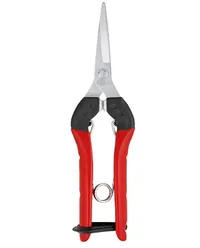Gardeners swear by this simple trick — here's how to save split tomatoes fast
Why your tomatoes keep splitting (and how to fix it)
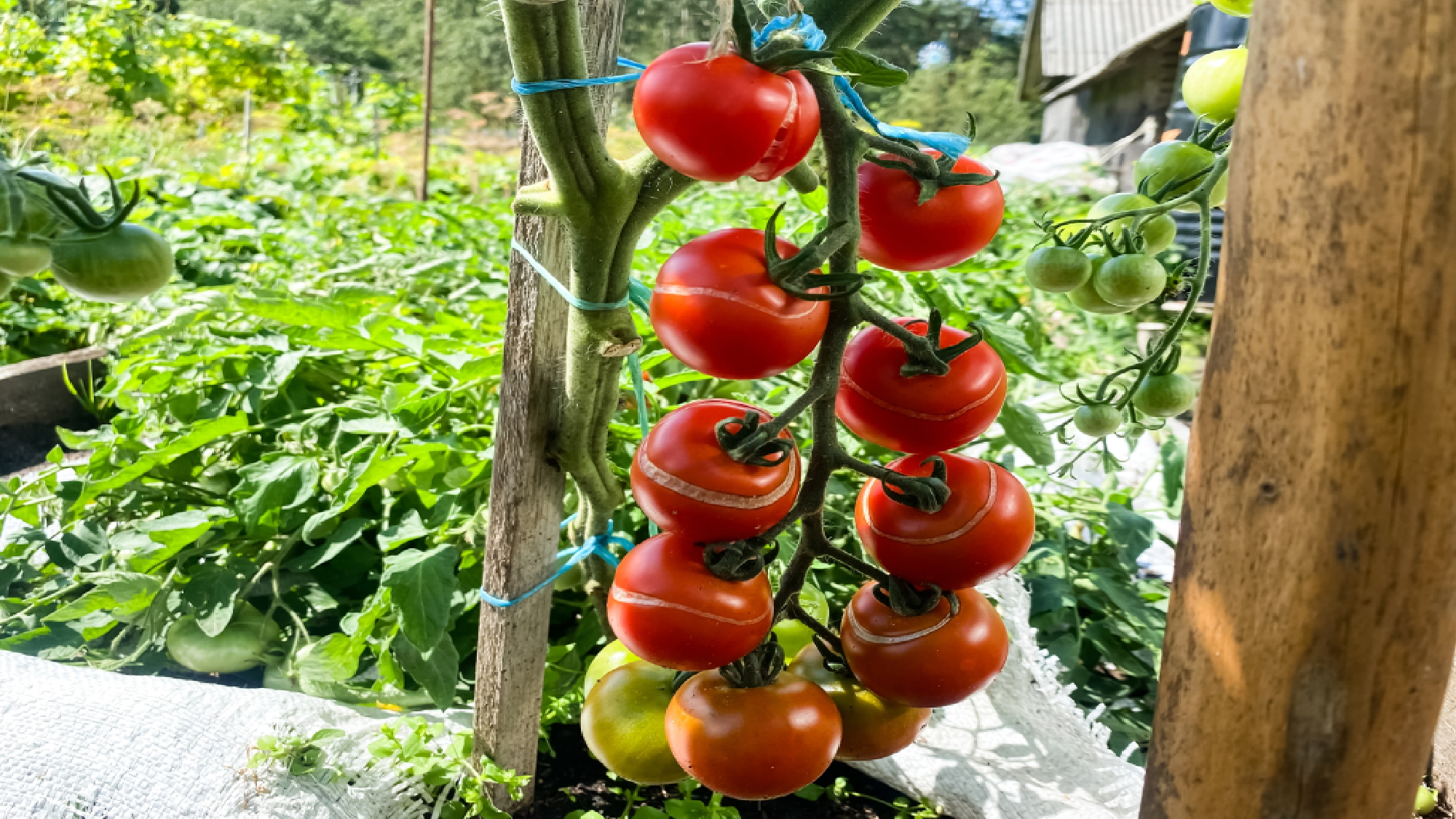
There's nothing more frustrating than watching your carefully tended tomatoes develop ugly cracks just as they're reaching peak ripeness. Split tomatoes might look ruined, but they're usually still perfectly safe to eat if you act quickly.
The key is understanding why tomatoes split in the first place and knowing how to prevent it from happening again. Most splits occur due to inconsistent watering —cycles of drought followed by heavy rain or overwatering shock the fruit and cause the skin to crack.
While you can't always control the weather, you can take steps to minimize splitting and salvage cracked tomatoes before they spoil. With the right approach, those split tomatoes don't have to derail your entire harvest.
1. Why your tomatoes are splitting
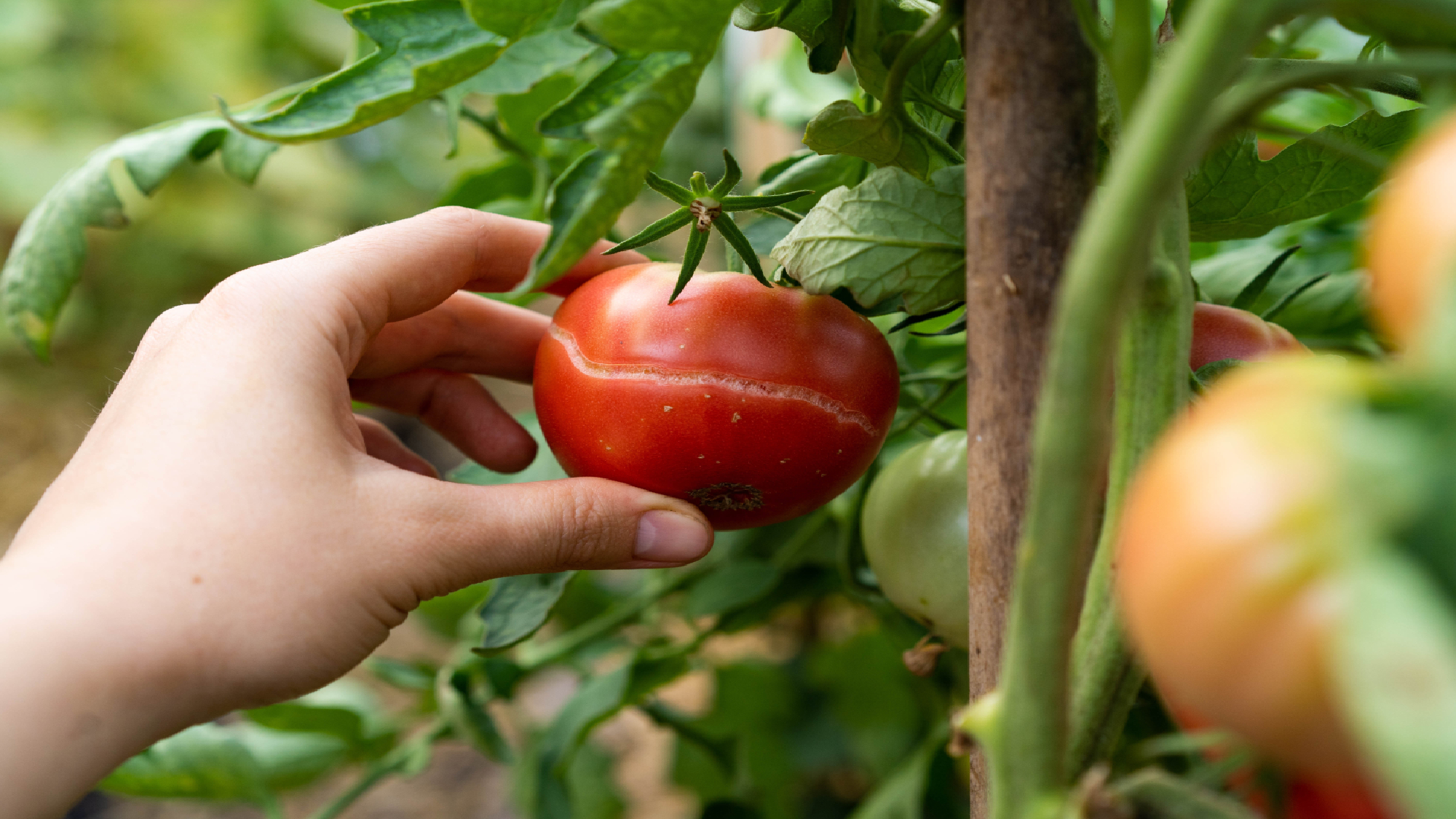
Most people assume tomatoes split because they're overripe, but the real culprit is inconsistent watering. When soil dries out and then gets flooded with water, whether from heavy rain or overenthusiastic watering, tomatoes absorb moisture faster than their skin can stretch.
The sudden influx of water causes the fruit to swell rapidly, splitting the skin from the inside out. This is especially common during hot, dry spells followed by thunderstorms. Too much nitrogen in your soil can also speed up growth and make splitting more likely, as can letting tomatoes get overripe on the vine.
The skin becomes less flexible as tomatoes age, making them more prone to cracking when they encounter water fluctuations.
2. Spot the warning signs before splitting happens
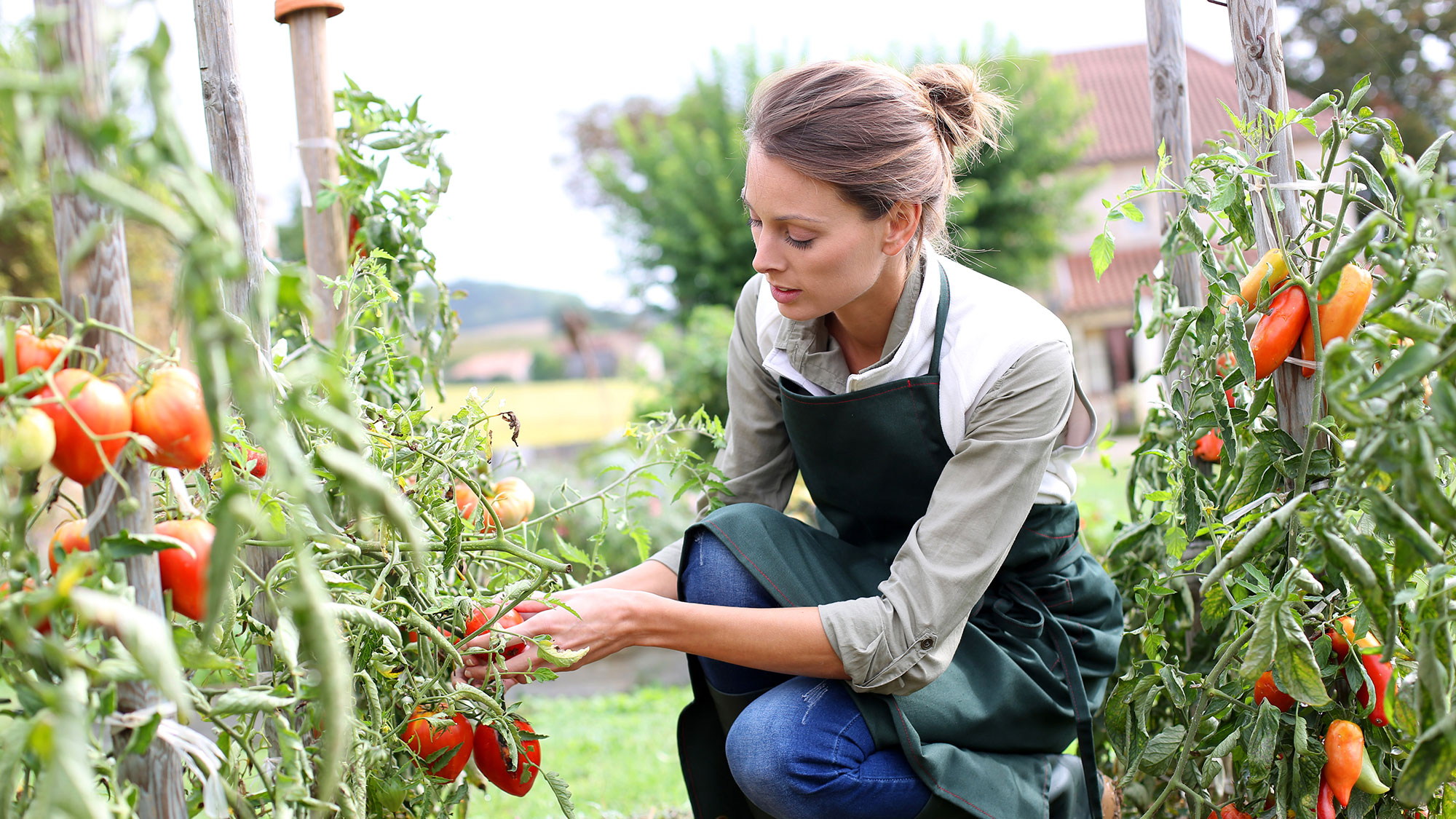
Look for small cracks forming around the stem area. These hairline fractures often appear before full splits develop. If you notice them, harvest those tomatoes immediately and let them finish ripening indoors.
Check the weather forecast regularly during tomato season. Heavy rain after a dry period is a recipe for splitting, so consider harvesting tomatoes that are starting to show color before storms hit.
If your tomato plant's soil has dried out completely, your next harvest is at high risk for splits. You might also notice unusually rapid growth in leaves and vines, which can indicate excess nitrogen in the soil that will lead to splitting problems.
3. Save split tomatoes before they go bad

Split tomatoes are usually safe to eat if you catch them early and handle them properly. Cut away the split section completely and inspect the remaining fruit for any signs of mold or sour smell.
If the tomato smells normal and looks healthy aside from the crack, it's fine to use. Use split tomatoes immediately rather than storing them, as the exposed flesh makes them more vulnerable to bacteria and pests.
They're perfect for sauces, soups, or dishes where appearance doesn't matter. Never eat split tomatoes that smell off, feel mushy, or show any signs of mold, as the cracks provide entry points for harmful bacteria.
With carbon steel blades, these garden snips, are chromium coated to prevent corrosion. They also feature a sap groove, and round-ended blades to prevent damaging the fruit. The stainless steel spring provides a smooth movement to reduce muscle and hand tension.
4. Water consistently to prevent future splits
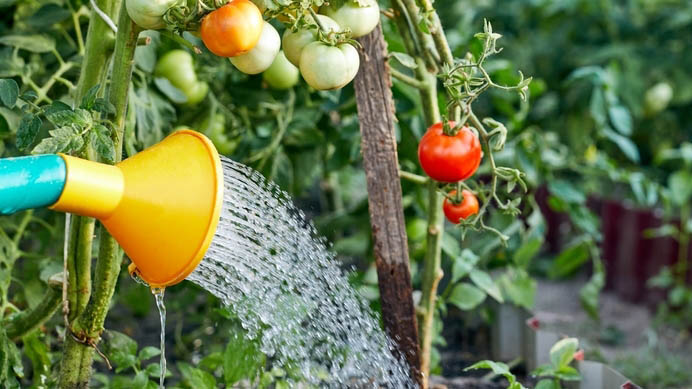
Aim to water your tomatoes every 3-4 days, providing 1-2 inches of water per week during the fruiting stage. The key is consistency. It's better to water moderately on a regular schedule than to let plants dry out and then soak them.
Keep the top 2-3 inches of soil moist but never soggy, especially if you're growing in containers where drainage is more critical. Apply mulch around your tomato plants to help retain moisture and regulate soil temperature, which prevents the extreme wet-dry cycles that cause splitting.
If heavy rain is forecast after a dry spell, consider covering your plants temporarily or harvesting early to avoid the sudden water shock.
5. Choose crack-resistant varieties for next season
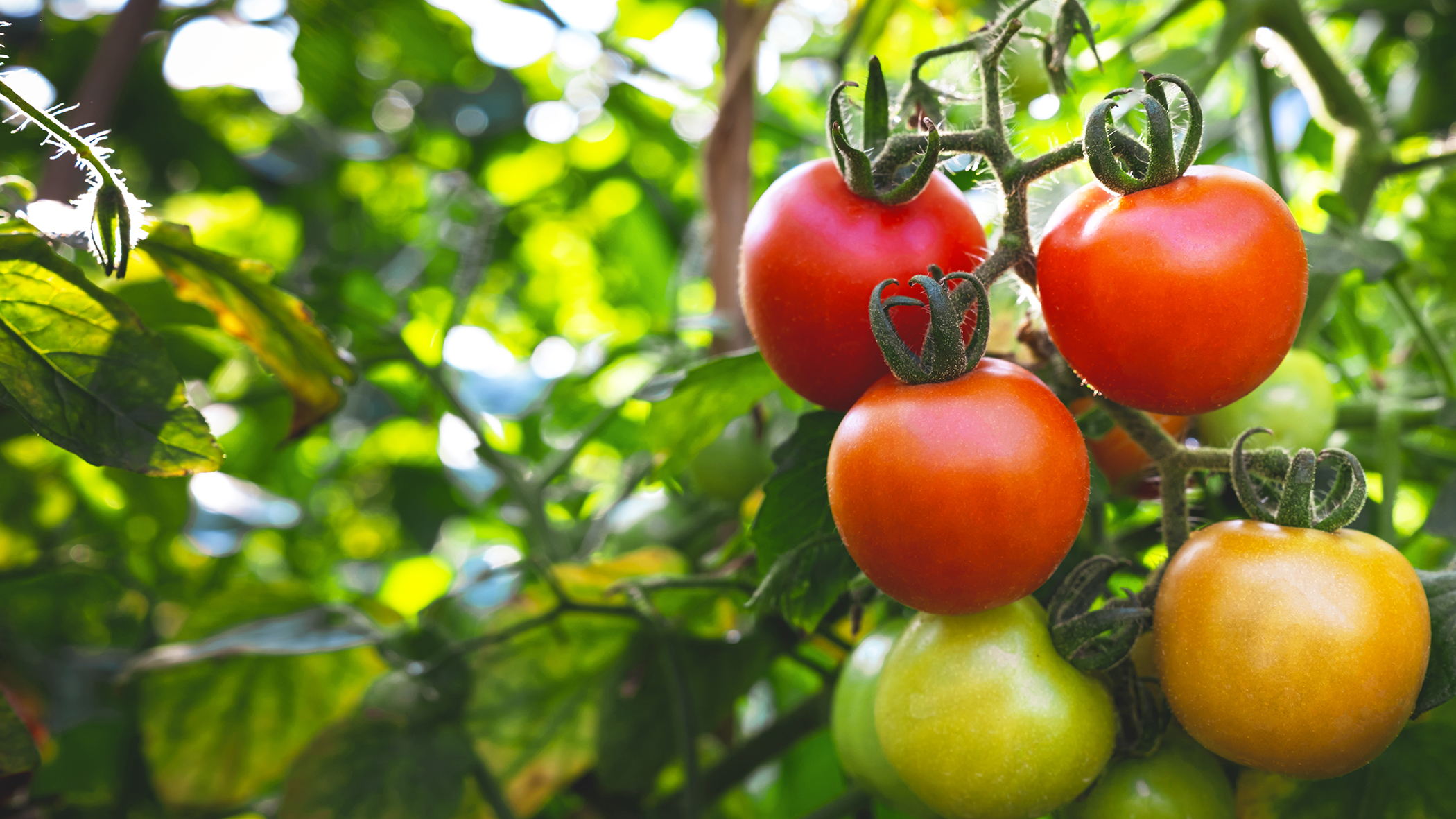
Look for tomato varieties specifically bred with flexible skin that resists cracking. Popular crack-resistant varieties include Big Beef, Big Boy, and Box Car Willie, which are bred to handle water fluctuations better than traditional varieties.
Seed packets and plant labels often indicate crack-resistant or split-resistant properties, so check these descriptions when planning your garden. These varieties aren't completely immune to splitting, but they're much more forgiving of inconsistent watering and weather conditions.
Consider growing a mix of crack-resistant and traditional varieties so you have backup options if weather conditions become challenging during the growing season.
Follow Tom's Guide on Google News to get our up-to-date news, how-tos, and reviews in your feeds. Make sure to click the Follow button.
Now you've learned how to save your split tomatoes, why not take a look at our other useful guides?
Check out 7 mistakes to avoid when growing your own tomatoes and how to increase the yield from your tomato plants.
If you've been looking for expert watering tips, here's the best time of day to water your tomato plant.
More from Tom's Guide
- Gardeners urged to use mushrooms in the yard this summer
- People are sprinkling used coffee grounds outside their front door
- How to keep flies away from your houseplants for good — try these tips
Get instant access to breaking news, the hottest reviews, great deals and helpful tips.

Kaycee is Tom's Guide's How-To Editor, known for tutorials that skip the fluff and get straight to what works. She writes across AI, homes, phones, and everything in between — because life doesn't stick to categories and neither should good advice. With years of experience in tech and content creation, she's built her reputation on turning complicated subjects into straightforward solutions. Kaycee is also an award-winning poet and co-editor at Fox and Star Books. Her debut collection is published by Bloodaxe, with a second book in the works.
You must confirm your public display name before commenting
Please logout and then login again, you will then be prompted to enter your display name.
